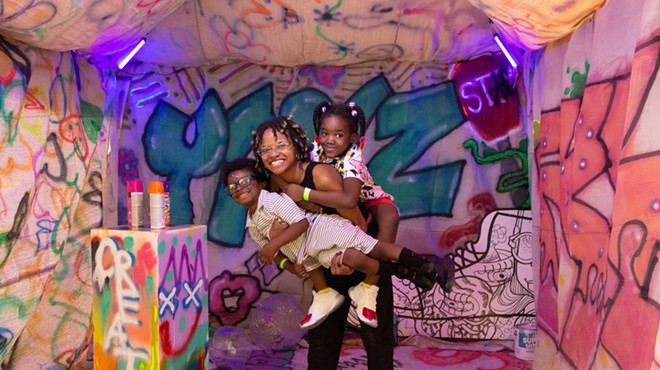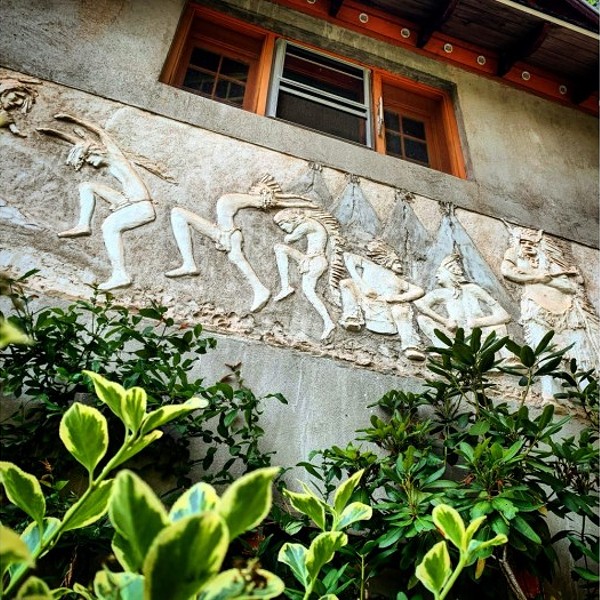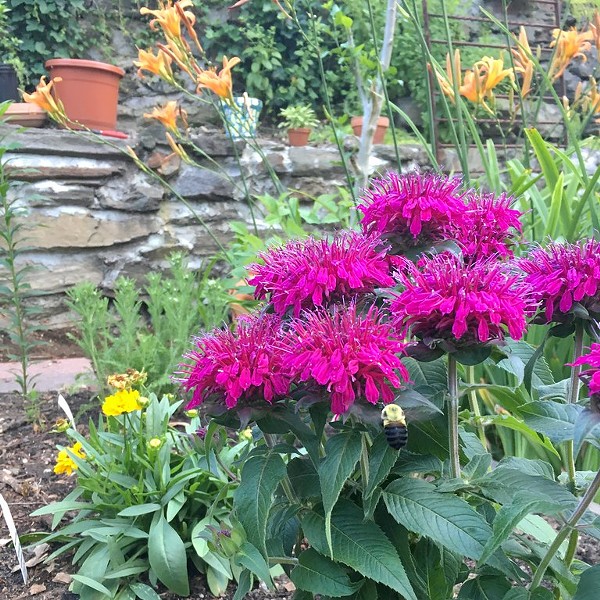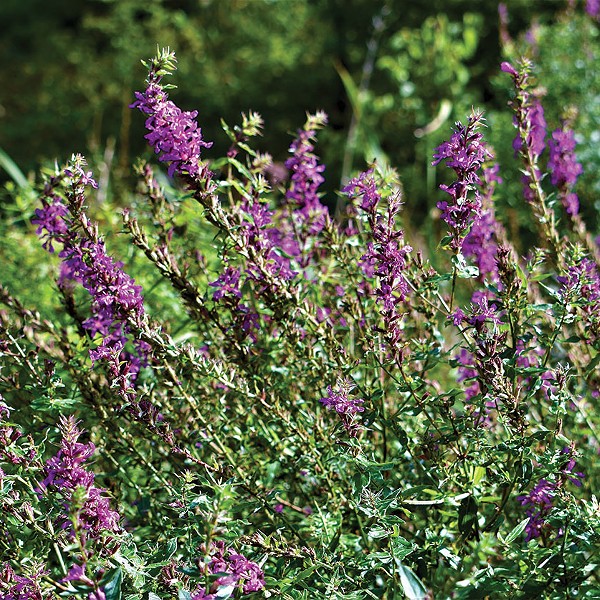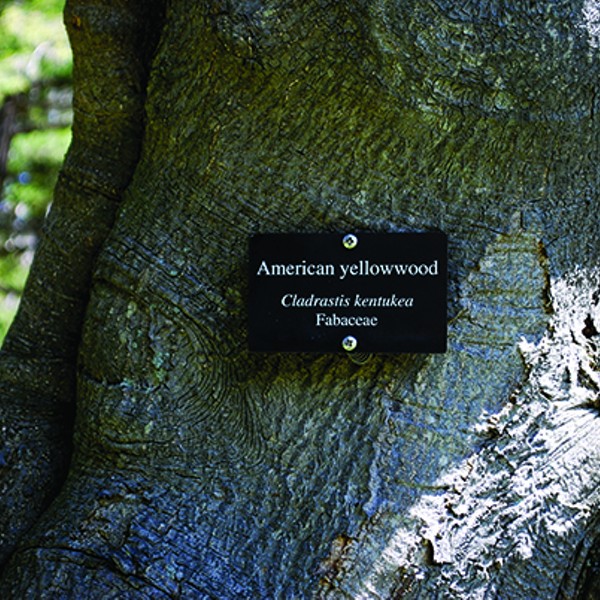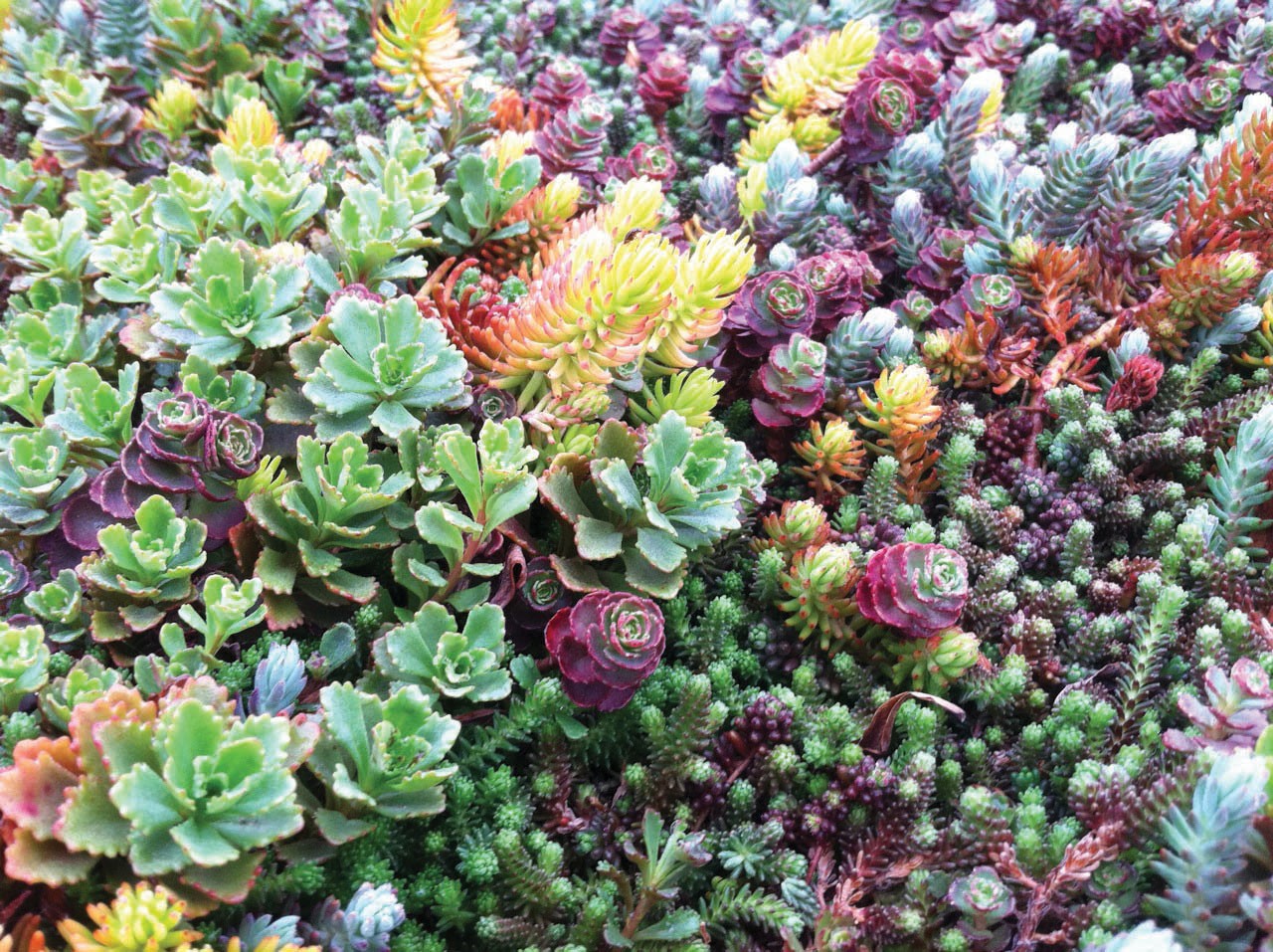
A close-up of the green roof installed at the Mohonk Preserve Visitor’s Center in Gardiner by Aurora Landscape Design.
When Shawn McCloskey returned home to his native Kingston in 2000, things were pretty much the way he had left them. After years in the Pacific Northwest, honing his craft of landscaping design, McCloskey began to build his Aurora Landscape firm in a Hudson Valley design scene that was comfortably reminiscent of the one he had grown up with.
It was a bit too comfortable for McCloskey’s taste.
“I looked around and realized that things weren’t happening around here,” recalls McCloskey. “We needed to see change, and we needed to diversify.” Seeking to incorporate the kind of sustainable advancements that are, unfortunately, often more prevalent abroad than in the United States, McCloskey found his inspiration in green roof installation. A longstanding practice in regions like Scandinavia, and for decades an increasingly popular environmental trend in many European countries, a “green roof” is exactly what it sounds like: living vegetation thriving on top of building structure, just where common sense would dictate. Continual developments in technology and application have transformed the sod-and-grass roofs of old Norwegian villages into a spectacular—and sustainable—array of choices.
Joining forces with trend-setting manufacturer LiveRoof, which offers an environmentally sound, pre-vegetated modular system, McCloskey’s work has hit the ground—or the roof—blooming. Examples of striking blends of multicolored Sedum plants, and the reduced carbon footprint they provide, can be found at places like Rhinebeck’s Omega Institute and atop the Mohonk Preserve Visitors’ Center—providing precious visibility for a movement with a seemingly unending list of benefits. Besides the obvious aesthetic improvements (when was the last time you stopped and gazed at a field of well-laid roof shingle?), green roofing begins with long-term savings, both residentially and commercially. “The best part is, the sustainability is a result of practicality,” says McCloskey. The UV protection provided by a properly installed system can triple the life expectancy of the roof itself, and the improved insulation can save 25 percent or more of heating and cooling energy usage. Living roof coverage also comprehensively helps with stormwater drainage issues, and it’s myriad associated costs. The secondary effects are equally as significant, as the process helps reduce pollution as well as damaging overheating effects, particularly in urban areas.
Slowly but surely, the United States is catching up with the global awareness of how beneficial green roofing can be, with recent legislation providing tax incentives for implementing the green technology. Practitioners like Gennaro Brooks-Church—whose Eco Brooklyn design firm does groundbreaking work in New York City, where any living space is at a premium—believes that the holistic environmental and lifestyle improvements of green building suggest a mandate for a sustainable future. “People are increasingly seeing the necessity of green roofs, especially in cities where stormwater runoff, heat island effect, pollution mitigation, local food sources and diminishing wildlife habitats are all concerns,” explains Brooks-Church. “A green roof helps solve all these issues.”
Aurora Landscape Design Auroralandscapedesign.com
Eco Brooklyn Ecobrooklyn.com








